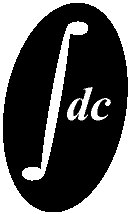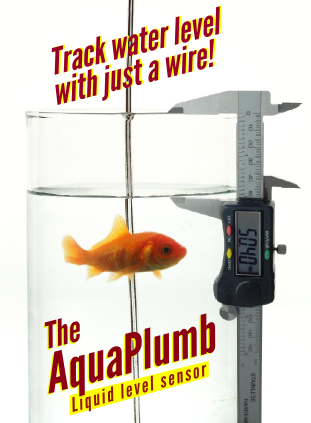

|
|||||||||

|
Lead Screw Torque and Force CalculatorWhen designing machinery that uses lead screws, it's a common task to try and figure out the size of motor needed to drive a given force with a lead screw. This calculator will calculate torque given the lead screw parameters and the required force. There are two torques the torque to raise the load and the torque to lower the load. Once the torque is calculated an appropriate stepper can be selected.
Disclaimer - We don't guarantee the accuracy of this calculator. Coefficient of friction for leadscrew threads
Equations: These equations come from the Wiki article on force. Torque(raise) = F*Dm/2*(L+u*PI*DM)/(PI*Dm-u*L) Other Electronics LinksWe offer a broad range of electrical engineering calculators and electronics articles and tutorials. Daycounter specializes in contract electronics design. Do you need some help on your project? Contact us to get a quote.
[Employment] [Downloads] [Articles] [Contact Us] Salt Lake City, UT, USA
Disclaimer: Daycounter, Inc. doesn't guarantee the accuracy of any of it's content. Use at your own risk.
|
||||||||||||||||||||||||||||||||||||||||||||||||||||||||||